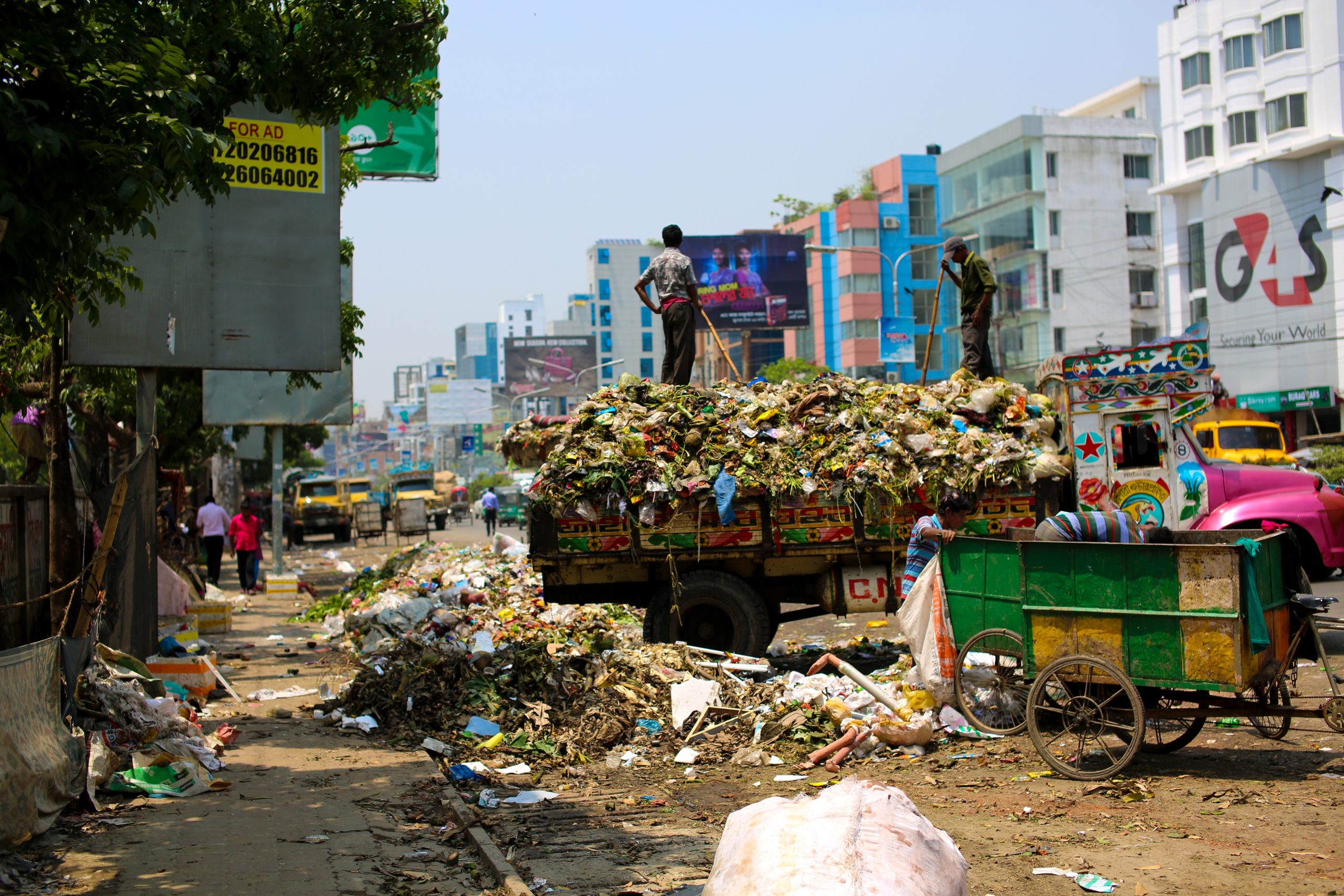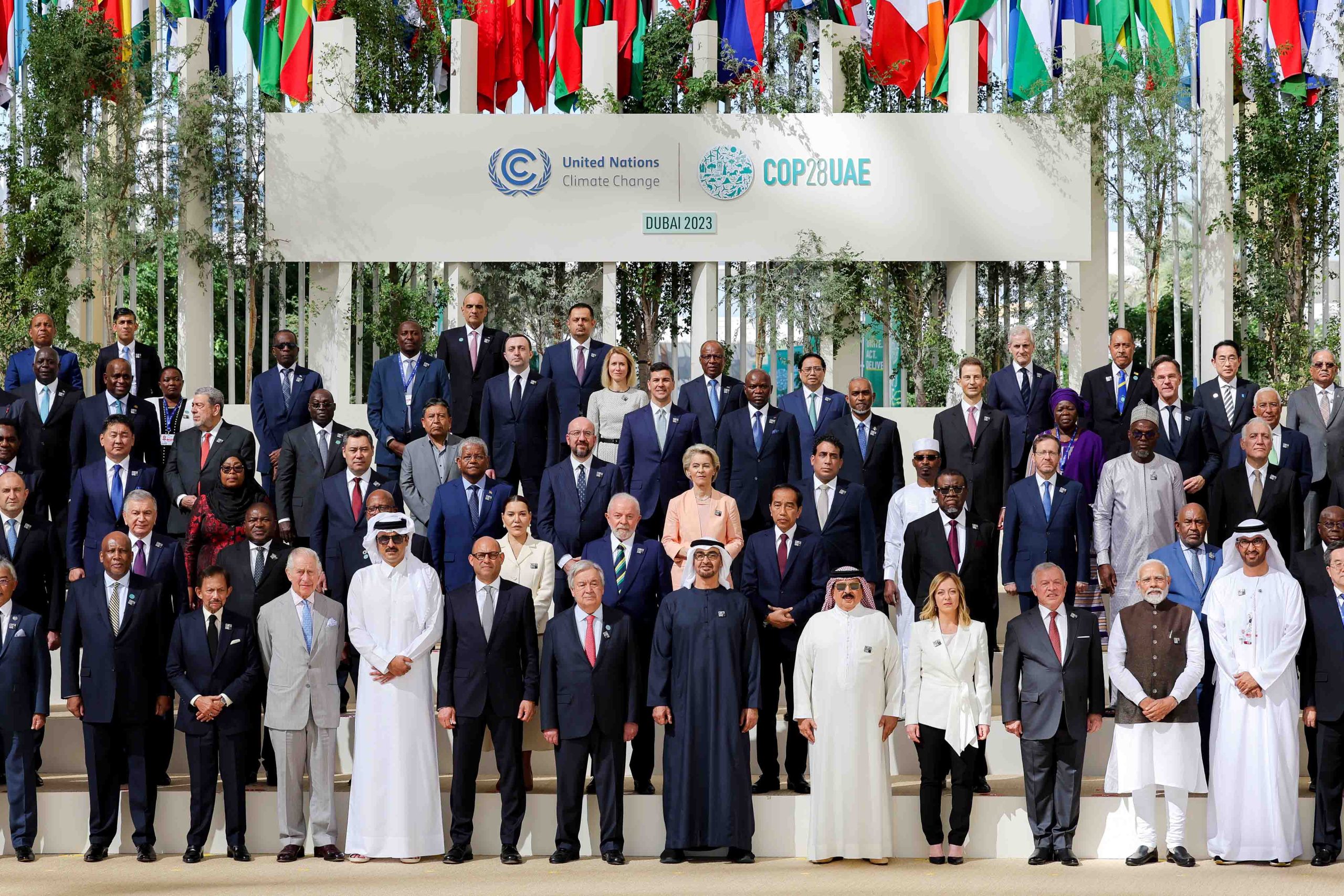Introduction
The Damage and Loss Fund is a critical resource in the face of escalating environmental degradation. As our natural world faces unprecedented strains from pollution, climate change, and habitat destruction, the consequences for vulnerable communities can be severe. Homes, livelihoods, and ecosystems that sustain life are at risk, often bearing the brunt of environmental damage. The fund’s role is to provide necessary financial support to those who suffer losses due to environmental crises. By doing so, it helps to rebuild and restore communities, allowing them to recover more swiftly and sustainably. With the ongoing el-nino rains in Kenya and Tanzania, the importance of such a fund cannot be overstated—without it, the road to recovery for affected populations would be much more difficult, prolonging suffering and hampering efforts to restore environmental integrity. For individuals and communities dedicated to preserving our planet and mitigating the impacts of environmental damage, the Damage and Loss Fund presents a beacon of hope. It stands as a testament to our collective responsibility to not only protect our environment but to also aid those who are caught in the crossfires of its degradation.
Key Concepts and Definitions
Understanding the terms ‘environmental degradation’, ‘Damage and Loss Fund’, and ‘community support’ is essential for anyone interested in climate education and environmental conservation. Environmental degradation refers to the deterioration of the natural environment through the depletion of resources such as air, water, and soil; the destruction of ecosystems; and the extinction of wildlife. This process has severe implications for human well-being and the health of our planet.
The ‘Damage and Loss Fund’ is a concept often proposed as a financial mechanism designed to address the consequences of environmental degradation. It is a pool of funds intended to aid in the repair of ecological damage and to compensate those who have suffered losses due to environmental disasters. This financial support is vital for the recovery of affected areas and can also incentivize efforts to prevent future harm to the environment.
Community support plays a critical role in both preventing and addressing environmental degradation. It involves the engagement and collaboration of local communities in conservation efforts and in advocating for sustainable practices. It is through the collective effort of individuals and groups that positive change can be enacted. Education and awareness are key drivers of community support, as they empower people to take action.
Each of these concepts is interconnected; without community support, it becomes challenging to implement effective measures against environmental degradation, and without adequate funding, such as that from a ‘Damage and Loss Fund’, restoration efforts may be hindered. Thus, for those involved in conservation and restoration initiatives, a thorough understanding of these key terms is critical.
Case Studies or Real-world Applications of Damage and Loss Fund
Communities across the globe face the onslaught of environmental degradation, from rising sea levels to unchecked deforestation. In the face of such challenges, the Damage and Loss Fund has been a beacon of hope for many. A clear example is its deployment in the small island developing states, often battered by hurricanes and rising tides. Here, funds have been provided for rebuilding damaged infrastructure and supporting agricultural revival, thus sustaining livelihoods and encouraging community resilience.
In another instance, communities in the Amazon rainforest were supported to combat illegal logging practices. Financial support from the Fund helped locals set up surveillance and reporting systems which have seen a reduction in deforestation activities. Additionally, these communities were trained in sustainable agriculture, ensuring both the protection of the forest and a steady source of income.
A success story involves a coastal town in Southeast Asia where frequent flooding decimated the local economy. With aid from the Fund, a managed retreat was organized, relocating homes and businesses to safer ground. The Fund also financed the creation of natural barriers, such as mangrove restoration projects, that now serve as buffers against storm surges. Lessons from these regions highlight the Fund’s role not just in recovery, but in proactive measures that mitigate future environmental damage. As a result, these communities are stronger in the face of adversity, better prepared, and more aware of the importance of environmental stewardship.
Analysis and Discussion
When assessing the Damage and Loss Fund’s role in lessening the impact of environmental harm on communities, a nuanced perspective is necessary. On one hand, the fund has seen success in providing financial resources that aid in recovery efforts post-environmental crises. By doing so, it potentially restores livelihoods and supports the rebuilding of infrastructure. This rapid injection of funds can be crucial for communities facing immediate hardship after environmental events. Moreover, the fund’s existence underscores the importance of acknowledging and acting upon the real economic toll of ecological disturbances, which can be an important signal to policymakers and the broader public about the seriousness of these issues.
However, challenges persist. The fund’s resources may often be insufficient to match the scale of loss experienced by communities, especially as climate-related disasters increase in frequency and severity. There’s also the issue of accessibility, where bureaucratic hurdles can delay the distribution of funds, leaving the most vulnerable waiting. Additionally, the fund may not adequately address long-term environmental repair and the prevention of future degradation.
For improvement, expanding the pool of financial resources and simplifying application processes could be considered, along with investing in preventative measures. Ultimately, while the Damage and Loss Fund takes notable steps towards mitigating immediate environmental damages, a holistic approach that includes preemptive action may prove more sustainable.
Future Directions or Trends
As the need for environmental restoration and support for affected communities grows, the ‘Damage and Loss Fund’ might see several changes. One trend could be an increase in the fund’s size, driven by higher contributions from governments, private entities, and individuals. As the effects of climate change become more apparent, there might be greater public pressure on these stakeholders to allocate more resources to such funds.
Additionally, the fund’s allocation strategies might shift. We can expect a rise in transparent and accountable disbursement of funds, ensuring that the resources reach those who need them most. Efforts may focus on community-led rehabilitation projects, respecting local knowledge and promoting sustainable practices.
The eligibility criteria for receiving financial support may also expand due to the rising frequency of climate-related incidents. The fund could be structured to respond quickly to emergencies while also investing in long-term preventative measures. Investments in technology for monitoring environmental health and assessing damage more accurately may also increase.
Overall, the ‘Damage and Loss Fund’ will likely evolve into a more dynamic resource, adapting to the urgent needs of ecosystems and communities. Its role may broaden to include not just restoration but also resilience-building in vulnerable areas, making it a critical tool in the global response to the growing environmental challenges.
Conclusion
In summarizing the critical aspects of the article, it’s clear that the ‘Damage and Loss Fund’ plays a vital role in supporting communities affected by environmental degradation. This fund is essential for offering immediate relief and financial assistance to areas struck by ecological disasters. By addressing the immediate needs of these communities, the fund not only aids in stabilizing their livelihoods but also sets the stage for the longer-term work of restoring biodiversity and preserving the environment.
Looking at the broader scope, this kind of financial support is not only about recovery—it’s about investing in the future health of our planet. Restoring biodiversity is a long and complex process that requires not just funds, but also a coordinated effort between multiple stakeholders, including environmental enthusiasts, NGOs, students, and governments. By providing resources to those in urgent need, we are also creating opportunities for natural habitats to regenerate, for species to flourish once again, and for ecosystems to recover their functions. Ultimately, each successful intervention that the ‘Damage and Loss Fund’ facilitates is a step towards a more resilient and diverse world, which benefits both our communities and the planet as a whole.
Lastly, with the ongoing flash floods and cyclones (Hidaya) in East Africa, there is a need for the responsible parties to avail the Damage and Loss Funds to the affected communities as soon as possible.
Also read: https://ecofriendmagazine.com/climate-adaptation-gaps-in-africa/




